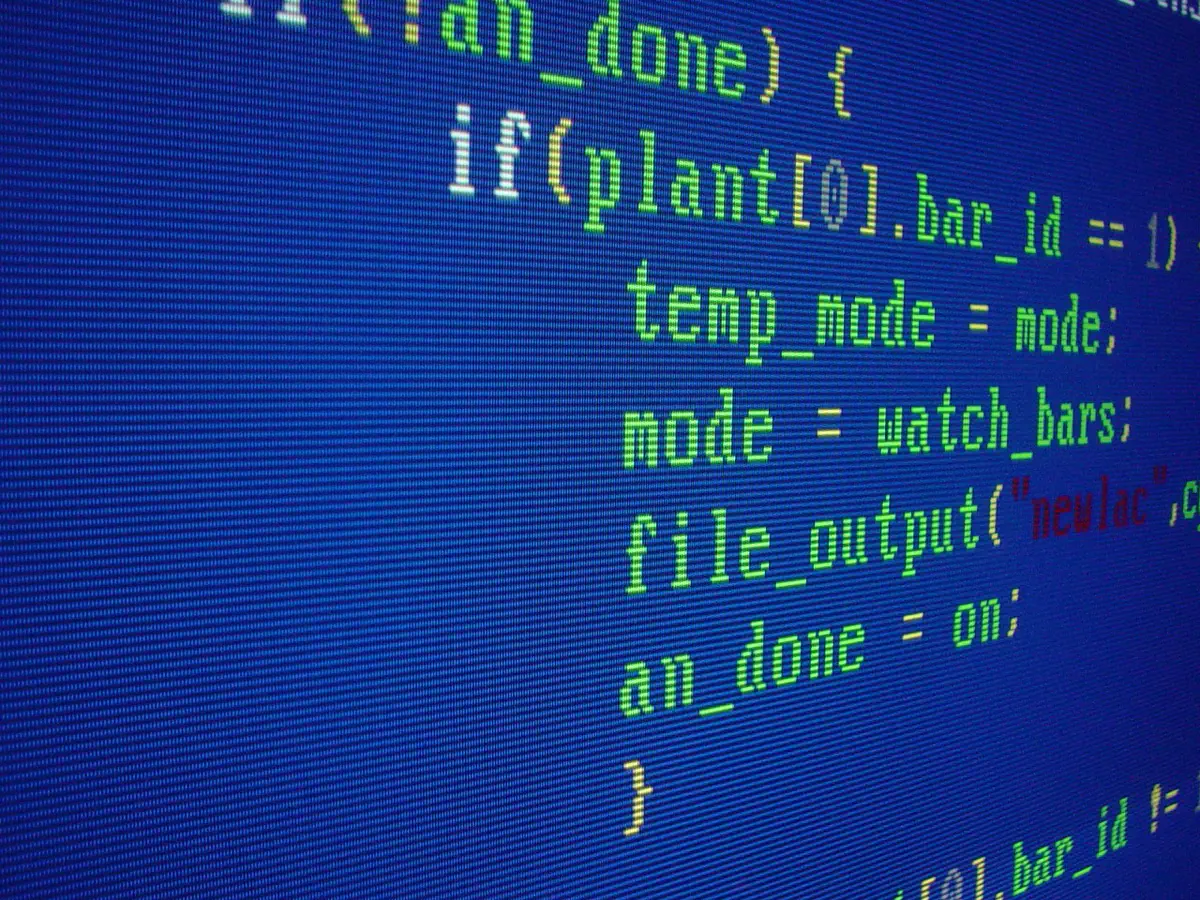Scientific programming languages
 Image credit: Unsplash
Image credit: Unsplash
Introduction.
In this article we will talk about scientific programming and what languages are best for science work.
Content.
- What is scientific programming?
- Where is scientific programming used
The languages of scientific programming
- R
- Python
- Julia
**What is scientific programming?
Science programming is a highly oriented programming style for scientific calculations. It is distinguished from other types of programming by the ultimate correctness and stability of the final product, strict separation of scientific and interface parts, individuality of algorithms, and prevalence of efficiency over universality.
**Where is scientific programming applied? Scientific programming is at the heart of all modern global research. All advanced technologies, from quantum computers to space programs, would not be possible without experts in science programming who can provide scientists with a reliable and accurate tool for making discoveries.
A number of fields of science are directly dependent on the level of development of scientific programming. For example, unmanned vehicles, “smart” systems of urban and agricultural management, stock exchanges; robotics, genetic engineering, artificial intelligence, surpassing human capabilities, are waiting for their fulfillment.
Scientific programming languages
Different fields may use different existing programming languages, but in this article I want to talk about three.
1. R
R, which is a direct descendant of the older S programming language, was released way back in 1995 and has been getting better and better ever since. Written in languages such as C and Fortran, it is now supported by the R Foundation for Statistical Computing. An excellent set of high-quality, open-source, subject-oriented packages. R has packages available for almost every quantitative and statistical application imaginable. This includes neural networks, nonlinear regression, phylogenetics, building complex charts, graphs, and much, much more. Along with the basic setup, we are given the option to install extensive built-in functions and methods as an add-on. R is a powerful language with a huge variety of statistical and visualization applications and its open source nature has gathered a large following of developers. It is because of its effectiveness for initial purposes that this programming language has been able to achieve widespread popularity.
2. Python.
Python is one of the most popular programming languages at the moment. It has a simple syntax and a variety of different libraries and frameworks to help achieve the desired task.
Python is a good option for data science purposes, and this is true for both entry-level and advanced data science jobs. Much of data science is centered around the ETL (extract-transform-load) process. This feature makes Python an ideal programming language for such purposes.
*3. Julia
Released just over 5 years ago, Julia impressed the world of computational methods. The language achieved such popularity because several large organizations, including some in the financial industry, almost immediately began using it for their purposes. Julia is a compiled JIT (“just-in-time”) language that achieves good performance. It is a fairly simple language, with dynamic typing and scripting capabilities of an interpreted language such as Python. Julia was designed to do numerical analysis, it can also be considered as a general-purpose programming language. Of course, this language has its shortcomings, the main one being its youth. This language doesn’t have enough software packages yet, but in a few years it will be able to compete with its main competitors.
Conclusion
Scientific programming and the languages with which it can be handled are gaining unprecedented popularity because of the progress that is being made in our society. It allows scientists to advance technology and transform our world into the “world of the future.”